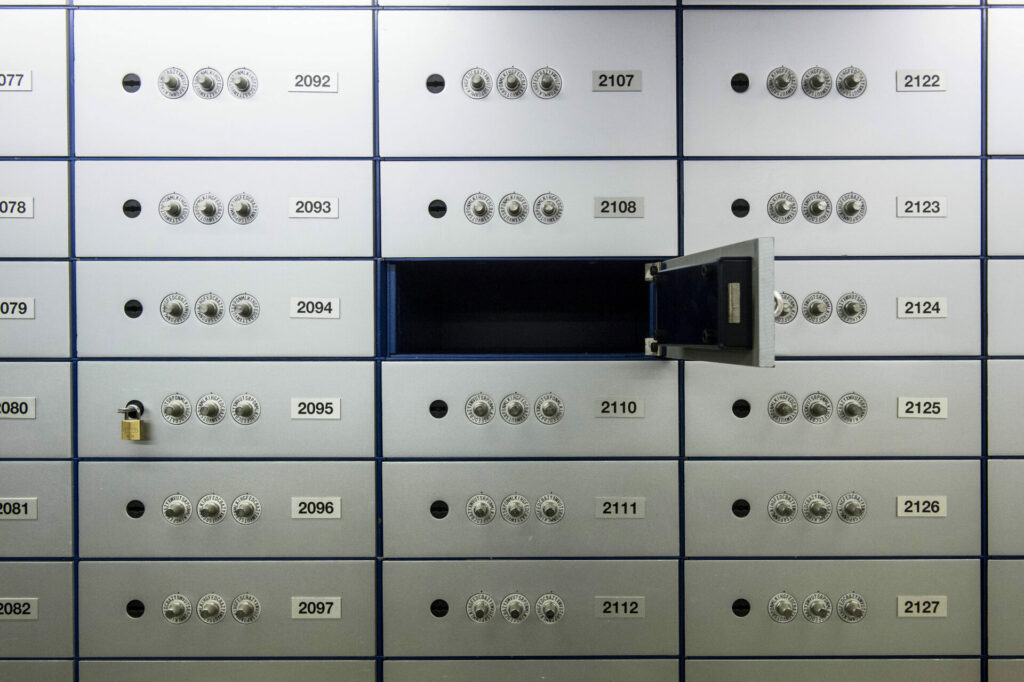The money seized in the Qatar corruption investigation at the European Parliament – nearly €1.5 million in cash – was partly withdrawn from banks in Belgium.
Since a number of banknotes were seized from the homes of former Italian MEP Pier Antonio Panzeri and Greek MEP Eva Kaili in the scandal now known as "Qatargate," investigators have been focusing on figuring out where the money came from, confirmed a spokesperson for the Federal Prosecutor's Office.
A large proportion of these notes are considered to be new, still in plastic wrapping, and freshly issued. Many of these banknotes were issued in Belgium, the rest are still being studied, according to unconfirmed reports by L'Echo.
Knowing the country where the notes were issued is important as it could enable investigators to find the bank where they were withdrawn. From there, they can then get the bank account and identity of the person(s) who made the withdrawal: the identity of the person(s) suspected of active corruption.
Traceable banknotes
At the same time, the fingerprints on the banknotes will be analysed and compared with those of the accused or other persons interviewed – which would be expected to take several weeks. Each banknote can be traced, in particular thanks to the expertise of certain Central Directorate of Combating Serious and Organised Crime (DJSOC/OECDFO) investigators, who support the Central Office for the Repression of Corruption (OCRC), which is in charge of the investigations.
However, even if part of the money was withdrawn in Belgium, it is still not sure where the rest came from. It is a "complicated" exercise, an Ecofin specialist not involved in this specific investigation told L'Echo. "It seems doubtful that Qatar would have privileged access to the European Central Bank's freshly issued banknotes."
"One can withdraw huge amounts of cash in Belgium, without always showing one's face," the specialist said, explaining how such large cash withdrawals did not arouse suspicions. Still, showing up at a bank counter unannounced with a request to withdraw €500,000 in cash at once will not work, as bank branches do not have this amount in stock.
On the other hand, it is quite possible to order banknotes in large quantities. Still, as there is no uniform regulation for the banking sector, each bank has its own rules.
At Belfius bank, withdrawing €500,000 in cash "is possible," the newspaper found out. "But there is a procedure to follow: you have to contact your branch to settle the practical details." The bank did not elaborate on the procedure in place to make the withdrawal, citing security concerns.
In another major bank, the maximum amount of cash withdrawal is limited to €248,000, and it takes about a day to get the funds. The transaction then takes place in a secure area of the bank branch.
"We draw our customers' attention to the risk of walking around with such large sums of money," a bank representative told the newspaper. The customer signs the order form and receives a receipt for the withdrawal. "It is always much easier to withdraw money out than to deposit it." Cash deposits cannot exceed €3,000, and the origin of the funds must be justified.
Related News
- Qatar corruption scandal: Over €1.5 million cash seized from Panzeri and Kaili
- Qatar corruption scandal: MEP Eva Kaili removed as Vice-President of EU Parliament
- Qatar corruption scandal: Morocco also implicated in alleged payment to Panzeri
Another major bank stated that individuals wishing to withdraw more than €10,000 at the counter must follow the procedure: they must indicate the destination of the funds and give the reason for the withdrawal. The bank officer must also obtain the approval of their manager to authorise the operation.
As the seized money is made up of "new" banknotes, freshly printed by a European national central bank, this already rules out that it was withdrawn at the National Bank of Belgium, which no longer prints notes. As banknotes are numbered, however, investigators should still be able to trace their origin, the newspaper reports.

